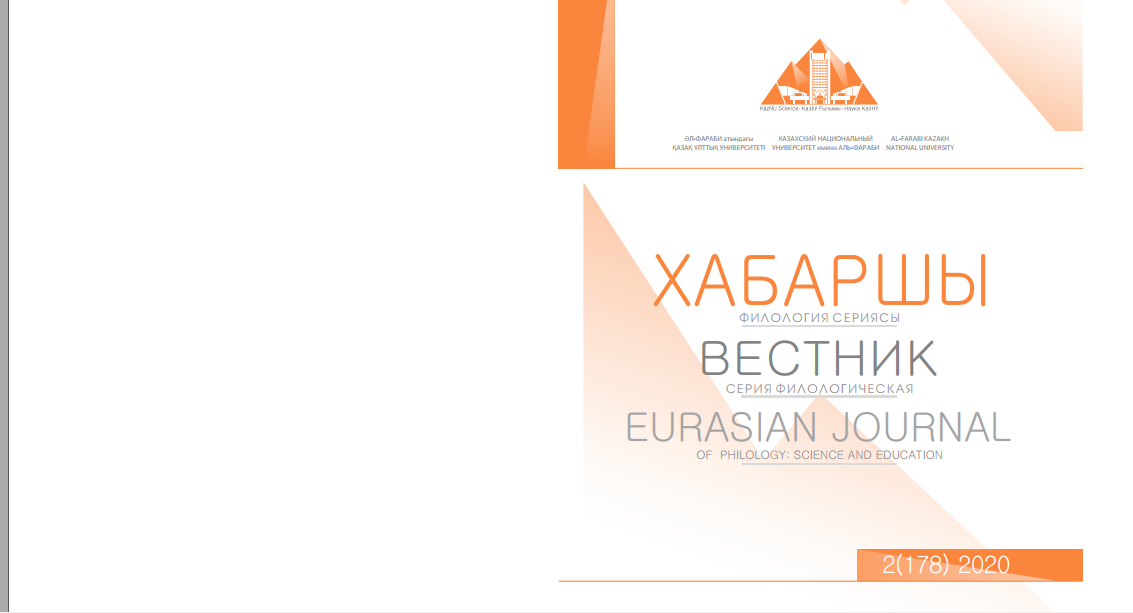Literary translation as rhetorical communication
DOI:
https://doi.org/10.26577/EJPh.2020.v178.i2.ph29Abstract
The article discusses a current problem of translation studies devoted to a rhetorical model of literary translation. The relevance consists in using the discourse (nео-rhetorical) approach, which syntheses the display of rhetorical competence of the subjects in the aspect of rhetorical communication chain «author – translator – reader». The author made an attempt to justify the emotional impact on the reader as a criterion for the authenticity of the translation. This target is realized by comparing the symbols in the original text and Russian translations, analyzing spectacular and sound symbols, mysticism, prayer rhythm, sacred meaning of numerical symbolism, dream inspiration and mythological locus of water. Special attention is paid to the mythological «birds language». This approach allowed us to show the similarities and differences in the reproduction of symbols, mythological and spiritual-religious interpretations of the original and translation. The findings on the translation accuracy is based on the adherence of the translators to mythological poetics, including the «birds language». The difference of Gumilyov’s translation involves the rejection of the symbol of Albatross as God’s messenger while Levik’s translation recreates the original mysticism. The differences between the original text and Russian translations are explained by the ratio of spectacular and sound symbolism and the association and reaction to the portrait and sound.







